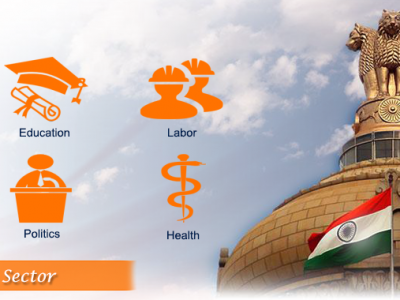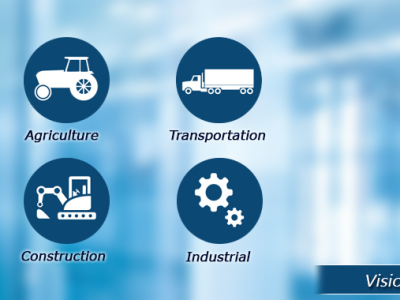
CRM Public Sector Adaptation
Government agencies are turning to the cloud en masse for the same reason many enterprises are: to get through tough times on as little cash outlay as possible. The hunt is on for cheaper business software applications; and close to the top of that list for a move to the cloud is customer relationship management (CRM).
Sign up to get FREE CRM Trial
Government use of CRM Software is not itself a new trend, it’s been in vogue for over a decade. The Port of San Diego was one of the first adopters but CRM efforts quickly bloomed across the U.S. in federal, state and local agencies. There are, however, some noticeable differences in deployments across the federal, state and local spectrums and in how they work with one another.”CRM systems for governments usually are designed not to replace state systems, which historically support case management, but to interface and work with them,” says Pam Owens, a senior manager at ACS who develops customer care solutions for government clients. “Generally, front-end CRM Software screens are developed to retrieve and push data to the state systems.”
CRM Application use in government is still shy of hitting critical mass but that point should be reached, according to a general consensus among research firms, in roughly three to five years. While on-premise CRM Public Sector products had an early advantage, competitive edge has now shifted to SaaS CRM Solutions
Software-as-a-service (SaaS) CRM products are helping speed government agency adoption because of two primary factors:
1) SaaS CRM fits government plans for widespread cloud use and
2) SaaS CRM is, generally speaking, cheaper to buy, faster to deploy and easier to use.
“The trend here is that this [CRM Software] is a commodity offering and if it’s a commodity, the cloud is a logical choice for implementing these systems,” says Tom Begley, practice manager at TrueTandem. “In the past, organizational CRM systems took years to implement and had a long shelf life due to the expense of the systems. Today’s hosted platforms eliminate these costs and time to get up and running.”
A quick search on the IT Dashboard can find any project type, such as CRM, across all federal agencies or by agency type. When searching, recognize that in the Public Sector CRM may stand for either “customer relationship management”, “constituent relationship management” or even “citizen relationship management”. A search of CRM in the Small Business Administration (SBA), for example, shows the performance of the SBA’s recent investment in CRM from cost overruns to performance metrics and contract details. The site is current except during Congressional budget sessions when there is a reporting lull between the end of the prior budget and the beginning of the next budget.
Government CRM Merges with Content Management Systems
“Document management technology is a key component in the successful use of transforming paper intensive, inefficient record processes into an innovative electronic record system,” explains Plaia. “Whether the federal government needs to track Medicare and Medicaid recipients or integrate a soldier’s DoD and Veteran Administration records, or simply enable a citizen to attach a tax bill to the electronic payment of their taxes, document management works hand in glove with CRM Software.”
“Similarly, Content Management Systems also serve as an enabler for CRM Solutions to promote transparency and fully engage constituents by pushing information digitally on to the web,” he added.
CRM will continue to find favor in governments for years to come. Even so, CRM objectives, requirements and preferences may change as elections and new administrations come and go.
To find out more about CRM Public Sector, click here![]() to conduct a free call.
to conduct a free call.



